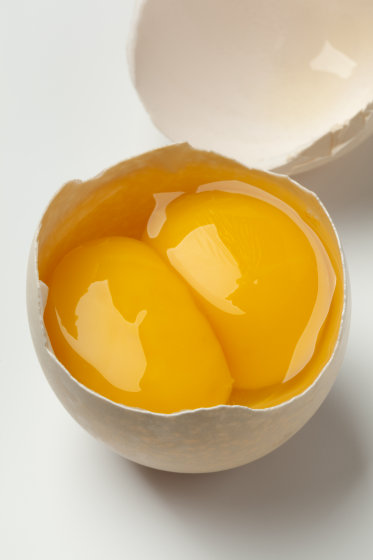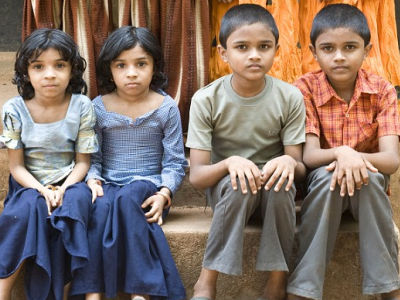Find the evolutionary puzzle 'Why twins are born?'

Since the birth of twins is a risk to both the survival of children and mothers, the genes that give birth to twins should be culled if we consider it according to the
An age-dependent ovulatory strategy explains the evolution of dizygotic twinning in humans | Nature Ecology & Evolution
https://www.nature.com/articles/s41559-020-1173-y
Not all twins are identical and that's been an evolutionary puzzle, until now
https://theconversation.com/not-all-twins-are-identical-and-thats-been-an-evolutionary-puzzle-until-now-138209
Twins include monozygotic twins born from the accidental division of one fertilized egg into two, and dizygotic twins born from two fertilized eggs fertilized by different sperms. Since the 1970s, researchers have questioned whether twins were born by chance or by natural selection. And as a result of the research so far, the division of one fertilized egg is not hereditary, and while monozygotic twins can be said to be biologically 'a coincidence product', the occurrence of dizygotic twins is inherited. Because it depends on the mother and the age of the mother, it is believed that it cannot be affirmed as a 'accidental product.'

In general, twins are at higher risk of dying in early childhood than are children born alone, and mothers are also at higher risk of dying at birth of twins. Non-human primates often give birth to one person at a time, and it is biologically thought that having twins is expensive, but for some reason the existence of twins is not eliminated in evolution. did.
However, past studies have also shown that in high birth-rate populations, twin mothers tend to have more offspring by the end of life than other mothers. In other words, it can be said that having twins for some groups brings evolutionary benefits to mothers, but more twins should be born if they benefit humanity.
To solve these evolutionary mysteries, a research team of Joseph Tonkins, an associate professor of evolutionary biology at the University of Western Australia, conducted computer simulations.
In the simulation, the research team said that women 'always ovulate two ova' 'the number of ova that ovulate changes from one to two' 'always ovulate one egg' 3 We divided them into types and observed how this affects the survival rate of children. As a result, it was found that the survival rate of the child was maximized when the number of ova that ovulated in the mid-twenties increased from one to two.
The graph below shows from the left 'always ovulating two ova', 'the number of ova ovulating at 25.5 changes from one to two' 'always ovulating one egg', vertical The axis shows the number of children that can survive to age 15 per mother. The average number of children surviving one ovum at any given time is less than 2.95, but the change from one to two ovulation at 25.5 has been shown to exceed 3.15.

From this, it is possible that ovulation may switch from one egg to two with age due to natural selection. Since the probability that fertilized eggs will be born as children will drop sharply as women age, this change is advantageous from the perspective of 'child survival.'
However, because there is a difference between ovulating two eggs and actually giving birth to twins, the research team says that 'always ovulate two eggs' 'one egg that ovulates on the way The three types of 'change from two to' and 'always ovulate one egg' were further divided into 'bearing twins' and 'bearing one child' and simulated. Then, it was shown that the highest survival rates of children were those who 'always ovulate two eggs' and 'given one child'.

From this, researchers conclude that ovulation of two ova is a tendency left by natural selection, but that the resulting twins are 'a by-product of natural selection'.
Related Posts:
in Science, Posted by darkhorse_log







